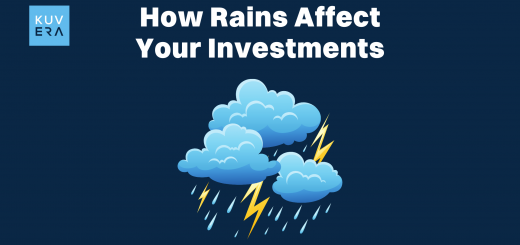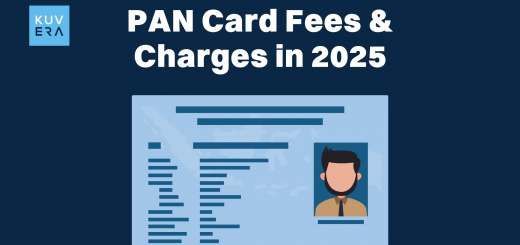Navigating the world of education loans can be a complex process, yet it’s a crucial step towards achieving academic goals without financial strain. As the education landscape evolves, especially in 2024, understanding the nuances of applying for an education loan becomes more important than ever. Here’s a detailed guide focusing on unique factors to consider, ensuring you make informed decisions for a brighter future.
1. Course and Institution Recognition
The recognition and accreditation of the course and institution you plan to enroll in play a significant role in loan approval. Lenders often prefer financing courses and institutions with a high reputation and placement record, as this increases the likelihood of loan repayment. Before applying, verify that your chosen institution and course are recognized by the relevant educational authorities and esteemed by the lender.
2. Comprehensive Cost Coverage
Beyond tuition fees, education involves numerous expenses, including books, accommodation, lab fees, and more. When applying for an education loan, look for options that offer comprehensive cost coverage. This ensures that all aspects of your education are financially supported, reducing the need for out-of-pocket expenses. Some lenders provide loans that cover 100% of the education costs, including travel for overseas education, making them an attractive option for full financial backing.
3. Loan Margin and Scholarships
Loan margin is the percentage of the total cost that the bank expects you to finance personally. In 2024, understanding the loan margin requirement is crucial as it varies among lenders. Some loans may cover the full expense, while others require you to fund a portion. If you’ve secured scholarships, they can also influence the loan amount you need. Factor in any scholarships or grants when calculating the total loan requirement to ensure you’re borrowing the necessary amount.
4. Interest Rate Types and Subsidies
Education loans come with various interest rate options, including fixed and floating. Each has its benefits and potential risks based on the economic environment and your financial situation. Additionally, the Indian government offers interest subsidies for education loans under certain schemes for eligible students, which can significantly reduce the cost of borrowing. Researching these options and understanding which one aligns with your financial capabilities and goals is essential.
5. Repayment Flexibility and Moratorium Period
An education loan’s repayment terms, including the moratorium period—the time frame before you must start repaying the loan after completing your education—are crucial factors to consider. Loans with a grace period offer the advantage of searching for employment without the immediate pressure of loan repayment. Assess the flexibility of repayment options, such as prepayment terms without penalty, and the availability of moratorium periods to align with your career progression post-graduation.
Conclusion
Applying for an education loan in 2024 is a step towards investing in your future. By considering the recognition of your course and institution, ensuring comprehensive cost coverage, understanding loan margins and available scholarships, selecting the appropriate interest rate, and evaluating repayment flexibility, you can secure financial support that aligns with your educational aspirations and financial situation. With careful planning and informed decision-making, an education loan can be a valuable asset in achieving your academic and career goals.
FAQs
- How to apply for an education loan in India?
Begin by comparing loans from various lenders, focusing on interest rates, repayment terms, and eligibility criteria. Ensure the loan covers all academic expenses, including tuition and living costs. Compile necessary documents. Apply either online or in person, and upon approval, review and accept the loan terms. Most loans include a moratorium period during which repayment is not required, but interest accrues. Understanding the repayment schedule and any prepayment options is crucial. Start the process early and ensure all terms and conditions, including any scholarship or assistantship adjustments, are clearly understood for a smooth application experience.
Interested in how we think about the markets?
Read more: Zen And The Art Of Investing
Watch here: ELSS: Saving tax through mutual funds
Start investing through a platform that brings goal planning and investing to your fingertips. Visit kuvera.in to discover Direct Plans and Fixed Deposits and start investing today.











